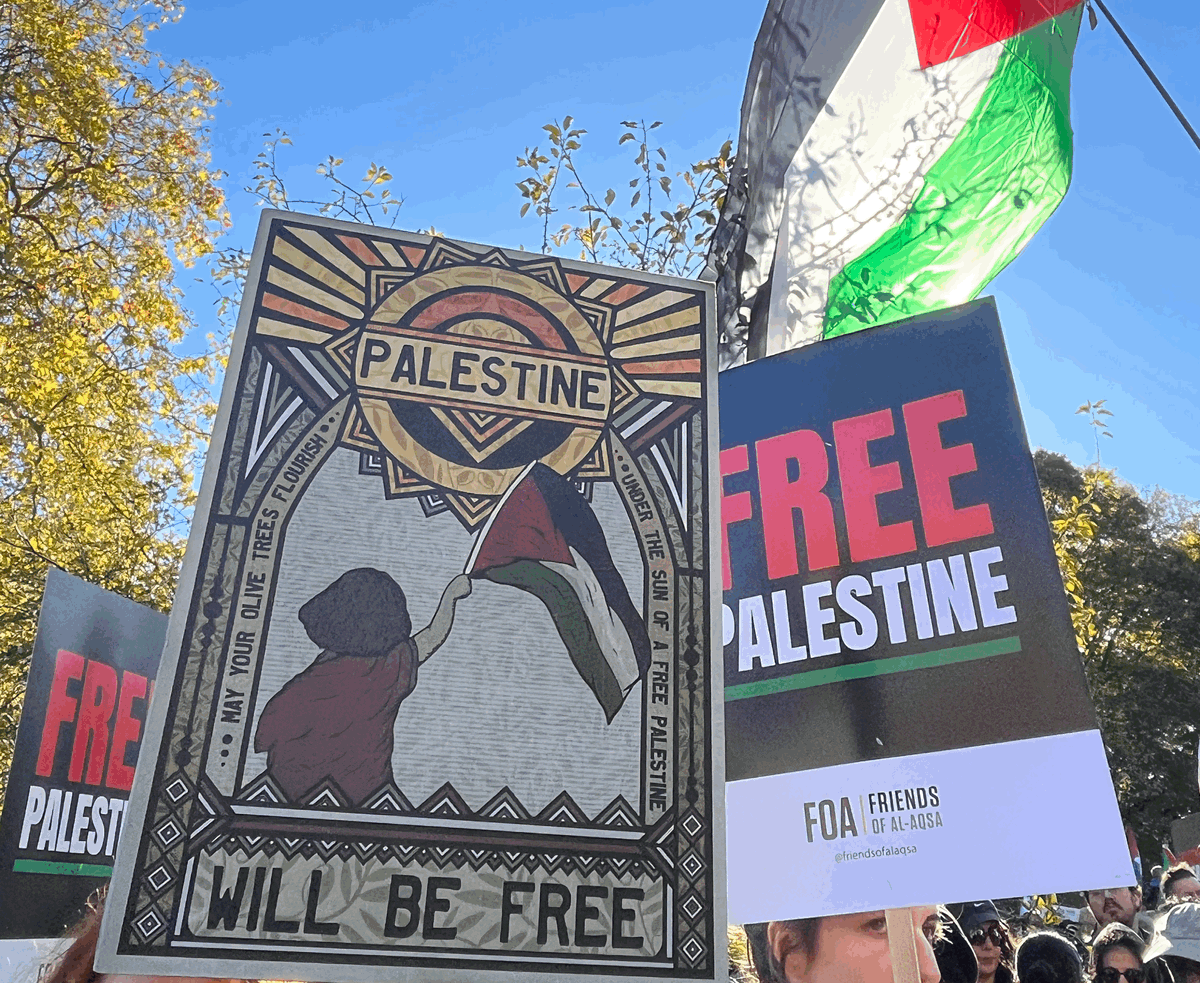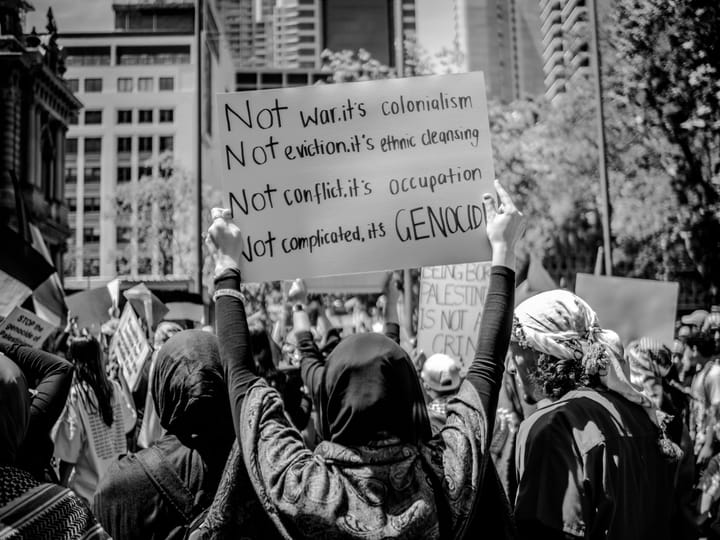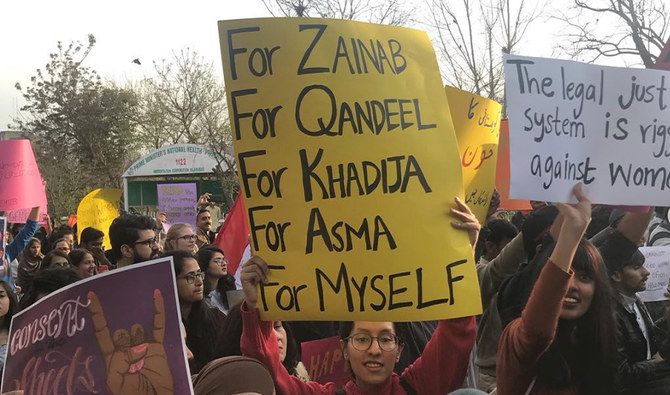From the River to the Sea
Israel's occupation of Palestine stands as one of history’s most contentious and harrowing dilemmas. One of the most delicate subjects poses the greater question of how it all began. With no effective measures being taken to halt Israel’s ongoing assault, will Palestine ever be free?

Israel's occupation of Palestine stands as one of history’s most contentious and harrowing dilemmas, labelled by some as a conflict and by others as outright oppression. Terms such as terrorism, ethnic cleansing and genocide, which we once hoped belonged to the past, are associated with the daily reality of every Palestinian. This being a matter of religion is a misconception. Rather, the issue primarily revolves around two groups claiming the same land. However, commonly discussed questions such as “who arrived first?” or “who possesses a greater right or deserves the land more?” are considered paramount, but are in fact trivial to the resolution of the matter.
One of the most discussed and delicate subjects poses the greater question of how it all began and what events led to the ongoing crisis. This article will outline a chronological account of the crucial events that irrevocably altered the lives of Palestinians, highlighting the roles played by various countries and how they influenced the situation for better or for worse.
The Emergence of Zionism and Unnegotiated Decrees on Palestinian Land
Late 19th Century to Early 20th Century: The Beginning of Zionism
Zionism is the nationalist movement aiming to establish a Jewish national state in Palestine following its history of being the ancient homeland of Jewish people. The nationalist movement gained political momentum under the leadership of Theodor Herzl, though he was an atheist himself.

Often referred to as the father of modern political Zionism, he convened the first Zionist Congress in Switzerland (which concluded the Basel program), which stated: “Zionism strives to create for the Jewish people a home in Palestine secured by public law.”
1917: The Balfour Declaration
Let’s picture a scenario where, out of the blue, the USA provides unwavering support to Canada in establishing a home for itself in the UK. That is exactly what Britain did in drafting the Balfour Declaration, promising land in Palestine to European Jews, despite Palestinians already residing there. This was the beginning of Jewish settlement in Palestine.

In 1925, the Jewish population in Palestine was estimated to be 108,000. By 1933, this figure had more than doubled. Following Arab resistance to British-supported Jewish migration in 1939, Britain placed restrictions on their immigration. However, this was futile as Jewish migration continued through illegal channels.
1947: The UN Partition Plan for Palestine
Following Arab-Zionist tensions, Britain turned to the United Nations to resolve the conflict. The UN proposed a partition plan which would divide the British mandate of Palestine into a Jewish state and an Arab state, with the city of Jerusalem to be held under International Trusteeship System, on the belief that the two communities cannot be reconciled.

The proposal, however, failed to go through for inconclusive reasons, such as rejection by the Arab League Committee and Israel’s continued forced territorial expansion.
1948: The Aftermath of World War II
World War II saw one of the most horrific genocides in the history. Sympathy with the Jewish population and strong sentiment for establishing a homeland for them grew stronger. As a result, once again the European powers and the USA encouraged Jewish migration to Palestine, providing them with arms for the invasion and creation of Israel. This led to the displacement of 750,000 Palestinians and 78% of Mandatory Palestine being occupied. This catastrophe is often referred to as the Nakba.
The Arab-Israeli Wars
1948 to 1949: The First War
The creation of the State of Israel triggered the first of many Arab-Israeli wars. Upon hearing about the independence of Israel as an official state, five Arab countries – Egypt, Iraq, Jordan, Lebanon, and Syria – attacked Israel. The war ended with Israel victorious and now occupying more land than that permitted by the UN, expelling thousands of Palestinians from their homes leading to a huge refugee population. Israel now controlled all of the land, except Gaza, which was controlled by Egypt, and the West Bank, which was controlled by Jordan.

1956 to 1957: The Suez Crisis
The second Arab-Israeli war, known as the Suez Crisis, broke out when Egypt nationalised the Suez Canal. Britain, France and Israel invaded Egypt to regain control. Israel invaded Egypt’s Sinai Peninsula and captured Gaza, Rafah and Al-Arish. In March 1957, Israeli forces withdrew following UN intervention and international pressure.
1964: The Palestine Liberation Organisation
The Palestine Liberation Organisation (PLO) was created in 1964 at an Arab summit meeting in order to centralise the various Palestinian groups. The PLO is a political organisation representing all Palestinians, with the goal of eliminating Israeli sovereignty in Palestine, and destroying the State of Israel.
1967: The Six-Day War
The Third Arab-Israeli War, better known as the Six-Day War, was the product of built-up frictions and border disputes over time. The situation arose following increased attacks against Israel by fledgling Palestinian guerilla groups based in Syria, Lebanon and Jordan. Tensions were further heightened following (inaccurate) Soviet intelligence reports, suggesting Israel was planning a campaign against Syria.
On June 2nd 1967, the Israeli Defence Forces (IDF) launched a series of air strikes on Egypt under Operation Focus; it then moved its brutal attacks to Jordan, Syria and Iraq, demolishing their aerial forces. On June 10th, ‘a United Nations-brokered ceasefire took effect’, ending the Six-Day War, where an estimated 20,000 Arabs and 800 Israelis died. Israel was victorious in capturing the Sinai Peninsula, Gaza Strip, West Bank, Old City of Jerusalem, and Golan Heights. Palestinians went from being under Egyptian or Jordanian rule, to being under Israeli occupation. Israel seized control of further Palestinian territories, leading to another 300,000 Palestinian refugees, whereas Jewish-only communities began establishing on Palestinian land. These are known as settlements – illegal under international law.
1967: UN Resolution 242
The UN Resolution 242 called for Israel’s withdrawal from ‘territories occupied in the recent conflict’ (The Six-Day War) and Arab acceptance of Israel’s right ‘to live in peace within secure and recognised boundaries free from threats or acts of force.’ It formed the basis of diplomatic efforts to end Arab-Israeli conflicts.
1973: The Yom Kippur War (The Ramadan War)
The Fourth Arab-Israeli War began in October 1973, initiated by Egypt and Syria via a surprise attack on Israel, aiming to regain the Palestinian territory lost during the Six-Day War, since Israel rejected the UN Resolution 242 clause of returning the territories it had captured.
Following Israel’s anticipated loss in the war, they sought military aid from the USA, which led to the Arab countries under OPEC to establish an oil embargo, threatening the US economy. In an attempt to end the catastrophe, the UN Security Council adopted Resolution 338, calling for an immediate ceasefire. As this went unheard, the UN reiterated calls for the end of violence with Resolutions 339 and 340. Near the end of October, mounting international pressure led to the end of the Arab states’ war with Israel, signing a formal ceasefire agreement with Egypt and Syria.
Attempts at Peace
1978 to 1979: The Camp David Accords

Following various negotiations after the Fourth Arab-Israeli War, Israel and Egypt made history by signing a permanent peace agreement, known as the Camp David Accords, leading to Israel’s complete withdrawal from the Sinai Peninsula.
1980: Israel's annexation of East Jerusalem
Israel annexed East Jerusalem and began the ethnic cleansing of Palestinians. This blatant violation of international law was condemned by the UN.
1982: The Lebanon War
The Invasion of Lebanon, also known as the Lebanon War, broke out after increased PLO (based in Lebanon) attacks in Israel. During the war, many Palestinian refugees in Sabra and Shatila camps were brutally massacred by Christian Phalangist forces. This led to a public outcry. In 1983, Israel signed an agreement with Lebanon terminating the state of war.
The First Intifada
A Glimpse of Rebellion
1987 to 1993: The First Intifada
An Intifada is a Palestinian uprising aimed at ending Israel’s occupation and creating an independent Palestinian state. The first Intifada broke out in 1987, when an Israeli vehicle struck two vans carrying Palestinian workers, killing four of them. At that point, the ratio of Palestinian to Israeli deaths was slightly over 3 to 1; 1300 Palestinians were murdered, including over 200 children.

After years of bloodshed, in 1988 the PLO accepted conditions to open up US-Palestinian dialogue, reject terrorism, recognise Israel’s right to exist and accept UN Resolutions 242 and 338. In 1992, a new Israeli government was elected with a mandate to negotiate for peace as the Intifada was proving to be politically and economically damaging.
1993 to 1995: The Oslo Accords
The Oslo Accords were a set of agreements between Israel and the PLO which established a peace process through a mutually negotiated two-state solution, which would see Palestinian self-governance in the West Bank and Gaza Strip, and the recognition of the State of Israel.

The Declaration of Principles promised to set in motion a process that would end Israeli rule over the two million Palestinians living in the West Bank and Gaza. However, the peace process agreement failed due to Israel’s continued ‘policy of expanding settlements on the West Bank.’
A New Century and a Newborn Hope?
2000: The Second Intifada

The second Intifada began in September 2000, after Ariel Sharon, the leader of the Israeli opposition, made a provocative visit to Al-Aqsa Mosque.
“By embarking on this deliberately provocative walk-about, Sharon put a match to the barrel of gun-powder.” - Avi Shlaim
The deepening of the Israeli occupation during the Oslo years, in contrast with Palestinian expectations for greater political freedom and economic gains, led to popular discontent. Frustration and anger among Palestinians had risen over the years due to Israel’s refusal to abide by the Oslo Accords and end the occupation. Diana Buttu, a Ramallah-based analyst, explains: “what we saw was a fast expansion of Israel’s settlements… the number of settlers doubled from 200,000 to 400,000... from 1993 to the year 2000.” Over 4300 fatalities were reported during the second Intifada.
2000: The Wall of Apartheid
Israel began building the Wall of Apartheid deep into the occupied West Bank, separating Palestinian families and impeding movement.

In 2004, the International Supreme Court of Justice ruled the path of the wall as illegal, concluding it a violation of international law, and thus it should be torn down and the residents should be compensated for the damage.
2007 to Present: The Blockade of Gaza
Israel declared the Gaza Strip under Hamas as a hostile entity and approved a series of sanctions, including power cuts, heavy restrictions on imports (such as fuel), and border closures. Hamas’ forces demolished portions of the barrier along the Gaza-Egypt border, allowing Gazans to travel to Egypt in order to purchase food, fuel, and other such goods unavailable under the blockade.
Palestine Today
In October 2023, Hamas launched a surprise attack on Israel, to which Israel responded by declaring war.
As of November 10th 2023, the recorded death toll in Gaza has officially crossed 11,100, including at least 8000 children and women. The unrecorded number is estimated to be higher.

Israel has been target bombing medical facilities and refugee camps, obstructing aid and import of essential living supplies. Recently, Gaza experienced a complete blackout for over 24 hours, which Amnesty International suggested was an Israeli effort to hinder documentation of war crimes and abuses.

Furthermore, visual evidence indicates Israel’s use of white phosphorous munitions, which is a clear violation of international humanitarian law prohibiting unnecessary endangerment of civilian lives.
Francesca Albanese, an expert appointed by the UN Human Rights Council, stressed that Gazans had ‘already suffered five deadly wars…during the period Israel has declared an unlawful blockade over the Gaza Strip, entrapping 2.2 million people’. She also criticised international authorities for their lack of action against this illegal occupation and abuse of Palestinians.
Some have been defending Israel’s actions on the basis of self-defence and as a response to Hamas’ attack. To this, Albanese argued:
“What Israel is doing is considered by some Member States legitimate self-defence, which it is not. Because how can it be self-defence, the bombing, the carpet bombing of an entire population under a very opaque and vague objective of eradicating Hamas?”
Large scale protests worldwide have called on international authorities to intervene for a ceasefire, with many prominent figures labelling this a genocide of innocent Palestinians.

No End in Sight
With no effective measures being taken to halt Israel’s ongoing assault, the predicament of Palestinians continues to resemble a living hell, with many fearing the next death at the strike of an Israeli bomb.
Disclaimer: The views expressed in this article do not necessarily represent those of The PublicAsian.





Comments ()